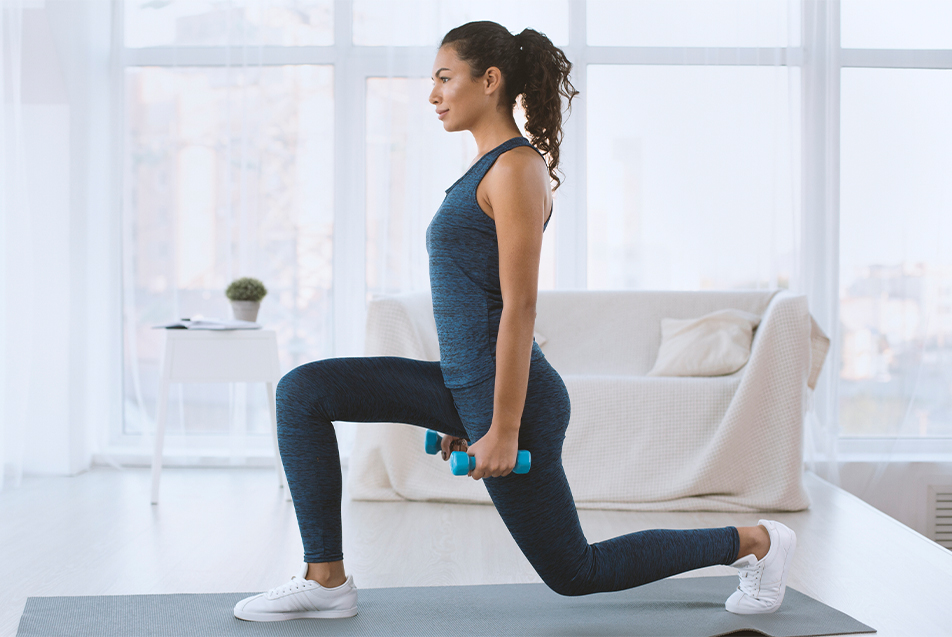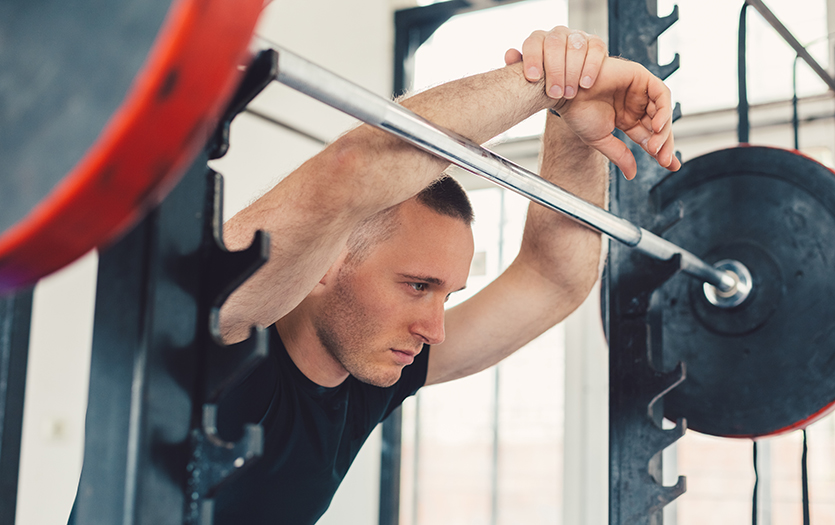
The COVID-19 pandemic has brought on a host of new challenges for college and high school athletes navigating their sport’s season and schedules. With some schools pausing team activities and others going on extended breaks, players will need to adjust to maintain their physical fitness. Scott Charland, MA, CSCS, SCCC, manager of human performance, Parkview Sports Medicine, and his PSM Performance team, work with over 1,500 youth, high school and college athletes over the course of a year. We asked him to weigh in on the importance of staying in shape during unexpected breaks and offer up some smart strategies for going about it.
Staying in shape during an unexpected or extended break in the middle of a season is essential for several reasons. The biggest is that it reduces the risk of injury as athletes return to their sport. Studies have shown that injury rates triple when returning to activity after a long layoff.
These injuries are due to what’s called detraining. During an extended break, the muscles, tendons and bones’ strength begins to return to pre-exercise levels. Then, when the athlete returns to a competitive environment, those muscles, tendons and bones cannot handle the stress of training and competition.
Common injuries
The most common injuries after an extended layoff are soft tissue injuries, including muscle strains and tears, ligament injuries and tendonitis. Explosive movements put a tremendous amount of stress on the body’s soft tissues. When the body is unaccustomed to the actions that sports require, like sprinting, jumping, changing direction, landing and stopping at speed, it’s more prone to injury.
The body’s cardiovascular system can suffer during a layoff as well. Think of the term “use it or lose it.” If you’re not using your cardiovascular system to its full capacity, that capacity reduces. Research shows that cardio capacity will start to decline after as little as ten days of not training. If players don’t stay in shape during a break, the physical activity they were capable of before will feel much more difficult and lead to lingering soreness and fatigue.
Keep moving
The most important thing an athlete can do during a break is to stay active. This activity doesn’t have to mean participating in the exact sport they’ll play when returning from a hiatus. Instead, participating in any regular movement will help. Activities like running, jumping and stopping can aid in reducing their risk of injury.
Also, the chosen physical activity doesn’t have to be structured. Getting your heart rate up in one way or another can prevent the decline of cardiovascular fitness. Running on a treadmill at home, having a snowball fight or shoveling sidewalks in the neighborhood are all great ways to keep your strength up and prevent muscle soreness.
Options while at home
If athletes are looking for a routine to get into at home, body weight movements are often the best bet if space and equipment are limited. Body weight squats, lunges and step-ups can really pay dividends when returning to a sport. Push-ups and core exercises are an excellent way to strengthen your center and entire upper body. Spending 5-10 minutes per day doing a total body stretching routine can help athletes get back to activity quicker.
The bottom line? No matter what you choose, staying active and working some form of movement or exercise into your daily routine is essential to successfully return to sports, and reducing your risk of injury.



